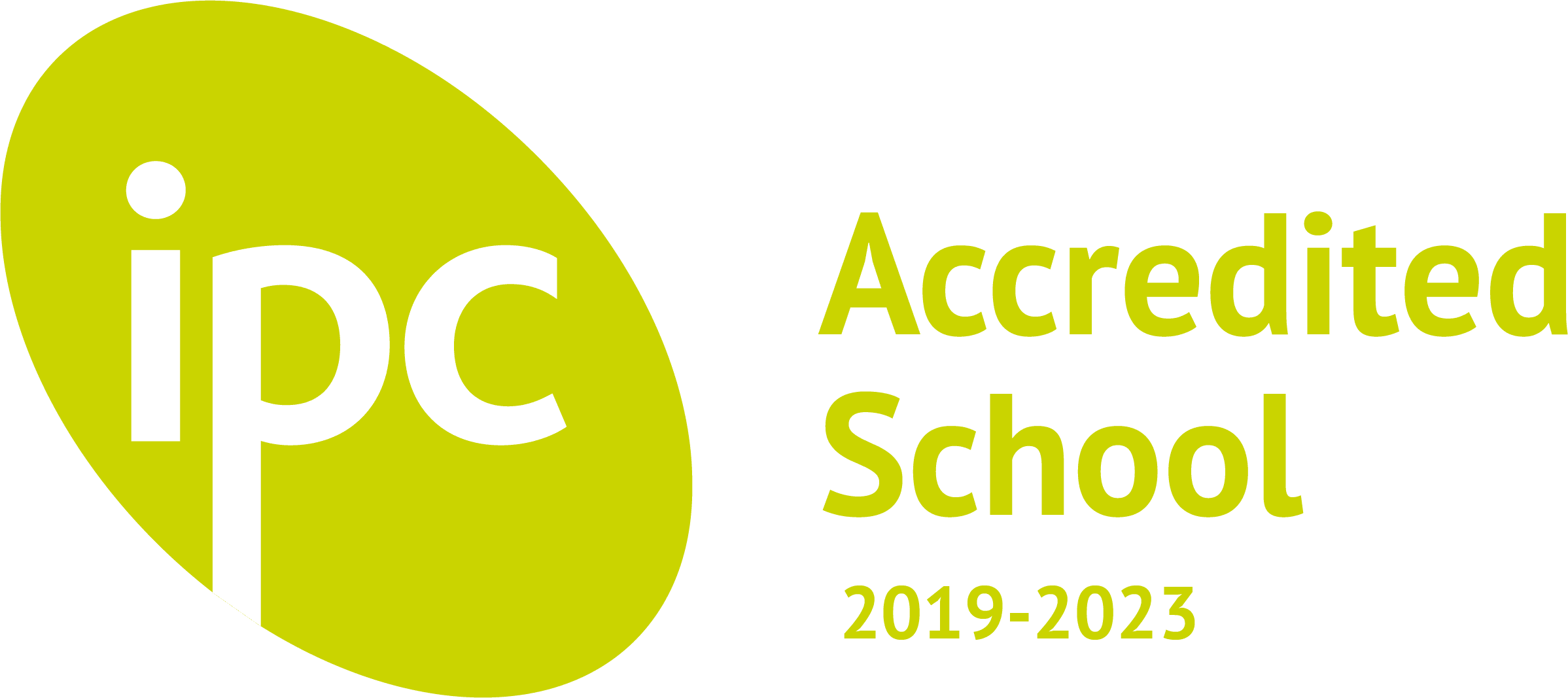 Mindfulness = The ability to pause and become aware of our thoughts in the present moment. “Mindfulness is the awareness that arises through paying attention on purpose, in the present moment, non-judgmentally. It’s about knowing what’s on your mind.” – Jon Kabat-Zinn – leading mindfulness expert and author of “Wherever You Go, There You Are” and “Full Catastrophe Living”.
Mindfulness = The ability to pause and become aware of our thoughts in the present moment. “Mindfulness is the awareness that arises through paying attention on purpose, in the present moment, non-judgmentally. It’s about knowing what’s on your mind.” – Jon Kabat-Zinn – leading mindfulness expert and author of “Wherever You Go, There You Are” and “Full Catastrophe Living”.
I write this from a Buddhist/Yogic/Early Years Teacher/Athlete’s perspective and from 35 years of experience/s in the aforementioned disciplines and life in general! I’m no expert but I am a dedicated “practitioner” of life and living, and in my role as a lifelong learner, mindfulness has been something that I have/ am/ and will continue to work on and cultivate! I have been fortunate and privileged to learn from gifted Teachers along the way, and perhaps it is the under 5 year old “teachers” who continue to model mindfulness the best and teach me the most!
Here at Ambrosoli School, we have 9 words that describe the kind of human beings we want our students to aspire to be – Collaborators, Adaptable, Communicators, Empathetic, Ethical, Resilient, Respectful, Creative, Thinkers. Developing a more mindful approach to living in our daily lives is intrinsic to developing well-rounded and healthy students, teachers, parents and communities. This begins with each of us becoming more aware of who we are, and how we feel, and becoming the best version of ourselves that we can be. The practice of Mindfulness is certainly something that can benefit our students and their families and greater community in a number of ways. Paying attention to our breath as we make our way through our days is a good place to start. If we are not breathing properly we become out of balance – although breathing is automatic we can control it and through that control we can bring awareness to what is happening in our body and mind. We all have many demands made on our time during the course of a day and having simple tools and techniques to help calm and take care of ourselves can’t be understated.
One technique that can be done anywhere anytime and help you stay away from anxious thoughts that may be swimming around in your mind is by following the 4 simple steps below –
- Breathe in through your nose for 3 seconds (with your mouth closed)
- Take a brief pause
- Breathe out through your nose for 6 seconds (with your mouth closed)
- Repeat
Taking a brief pause after inhaling helps to switch your body into a state of relaxation. This Mindful Breath practice is also helpful in the evening if you have trouble falling asleep.
Another technique that I use with the Sunflowers and Flame Trees and Baobabs helps to fill the body and mind with a positive and grounding affirmation –
- Slow down your breath by taking nice, deep, slow breaths.
- After taking a few rounds of deep breathing, press your pinky finger to your thumb
- Taking a big inhale and on the exhale alternate consecutive fingers as you say the following words – PEACE (pinky) begins (ring) with (middle) ME (forefinger)
- Practice a few rounds with focus on the rhythm of the words.
- Try again silently, saying the words to yourself inside your head.
Being emotionally healthy is fundamental to academic success. Cultivating a mindfulness practice and/or yoga practice has incredible benefits for kids of all ages – from 2 to 92!
They help –
Build confidence
Reduce anxiety
Build focus and concentration
Teach self care
Promote self awareness
Build flexibility and balance
Help us connect and reflect
Cultivate gratitude
Encourage mindful play
Encourage relaxation and renewal
Think of all the times that you have been in a stressful situation and someone has told you to “take a deep breath”… One of the most powerful aspects of yoga and mindfulness is the connection and awareness we create in relationship to our breath. We begin to notice when our breath is shallow or quick and we receive signals about our stress levels more easily.
Taking a moment to slow down and breathe helps us experience life’s challenges and joys. Remember – PEACE begins with ME… YOU… EACH OF US…
Resources –
Practical Mindfulness A step-by-step guide by Ken A. Verni
Full Catastrophe Living by Jon Kabat-Zinn
Wherever You Go There You Are by Jon Kabat Zinn
The Bhagavad Gita A Walkthrough for Westerners by Jack Hawley
Happy Mind, Happy Life by Dr Rangan Chatterjeee
Yoga for Kids and Their Grown-ups by Katherine Priore Ghannam



